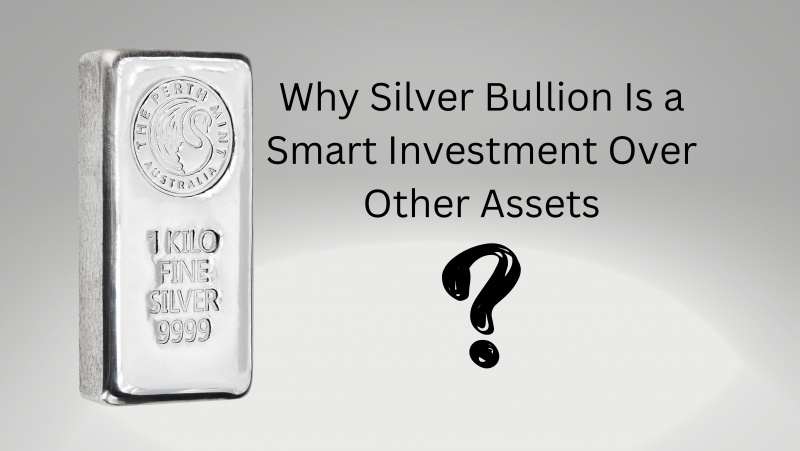A Look at the Evolution of Silver Coins Throughout History
Throughout history, silver coins have been crucial to the economy and trade. Here is a brief overview of the development of silver coins:
Early Civilizations:
In the seventh century BCE, silver coins were produced for the first time in Lydia (modern-day Turkey). These coins were an organic alloy of silver and gold known as electrum coins. Around the third century BCE, the Roman Empire created the silver denarius currency.
Renaissance and Medieval Eras:
Several European kingdoms and empires kept on producing silver coinage throughout the Middle Ages. In France and England, two examples are the gros tournois and the groat. Due to their widespread use in international trade, these coins had a significant impact on how business was conducted around the world.
Colonial times and Modern era
- During the colonial period, one of the most extensively used coins was the Spanish silver peso, also referred to as the Spanish dollar or piece of eight. It was used in trade between Europe, Asia, and the Americas.
- The United States was one of many nations that adopted silver standards and produced silver coins for both domestic and foreign use. The first silver dollar was issued by the United States in 1794, and it was in use until 1935.
- Silver coins increasingly lost their circulation with the transition to fiat currencies in the middle of the 20th century. But numerous nations still produce silver bullion coins, mostly for financial interests.
Understanding How the Value of Silver Changes with Economic Cycles
Expansionary or Growth Phase: Silver is used in a variety of industrial products, including electronics, solar panels, and medical equipment, which is why demand normally rises during expansionary or growth phases of the economy. The demand for silver increases as industrial production increases, pushing the price of silver higher.
Contractionary or Recessionary Phase: Industrial production tends to slow down during economic downturns or recessions, which lowers the demand for silver in manufacturing industries. The price of silver may be negatively impacted by this fall in industrial demand.
The phase of inflation: The value of silver can be positively impacted by inflationary periods, which are characterized by rising prices and the deteriorating purchasing power of fiat currencies. Due to its finite supply and ability to be physically held, silver has long been regarded as a store of value and a hedge against inflation.







